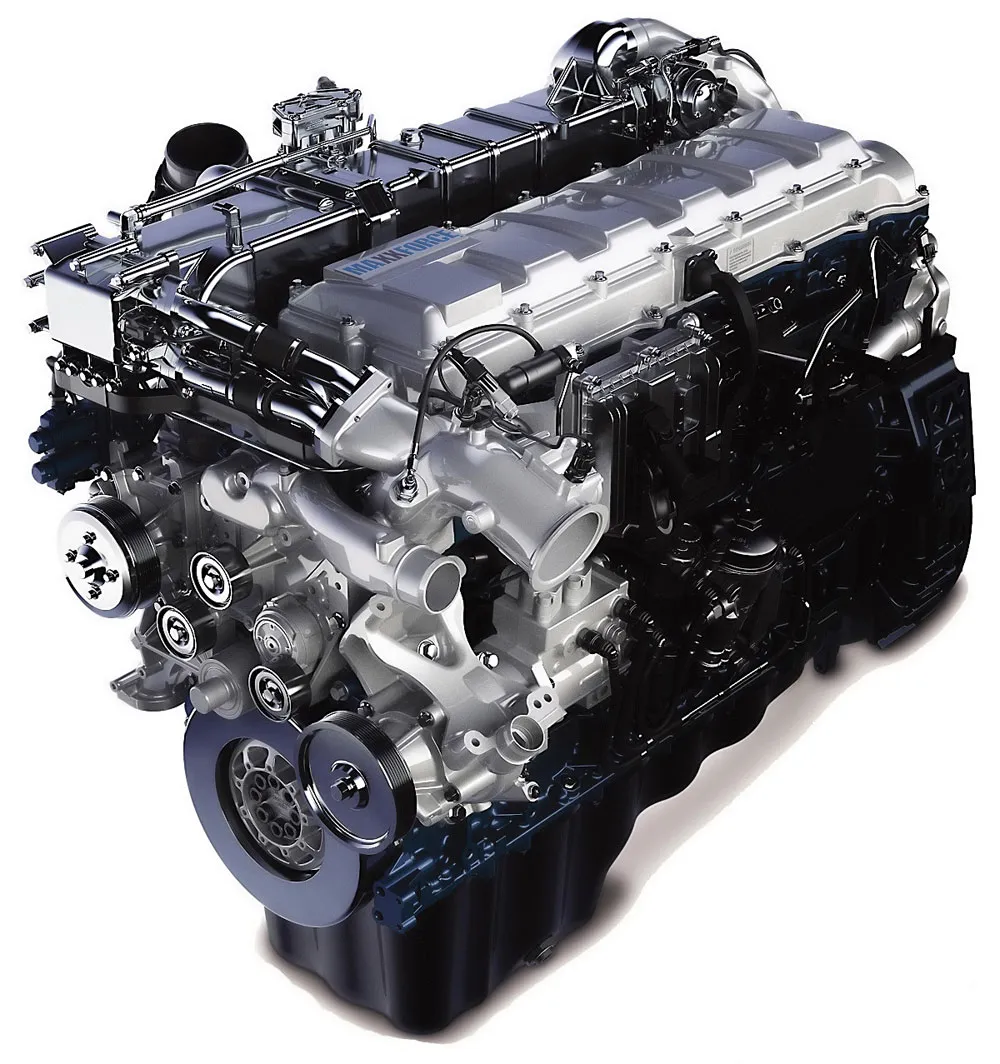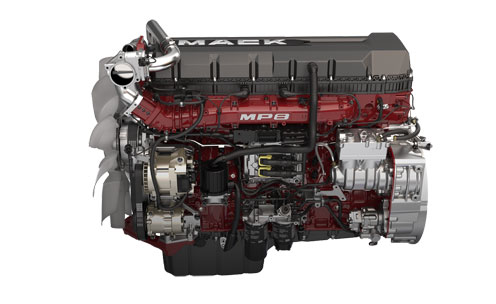EGR REMOVAL SERVICE IN DIESEL HEAVY TRUCKS
24/7 CUSTOMER SUPPORT
24/7 CUSTOMER SUPPORT
EGR DELETE ON DIESEL HEAVY TRUCKS
What is an EGR and How Does It Affect Your Engine?
The EGR system, or Exhaust Gas Recirculation, is a crucial component in most modern diesel engines, designed to reduce nitrogen oxide (NOx) emissions, which are harmful to the environment. The system works by redirecting a portion of the exhaust gases to the engine exhaust, reducing combustion temperatures and emissions.
However, while the EGR serves an important environmental function, it can cause problems with your engine’s performance. Over time, the gases passing through the EGR valve carry carbon deposits and dirt, which clog the valve and intake system. A blocked EGR valve can lead to performance issues similar to those experienced with an EGR delete. This negatively affects airflow and reduces engine efficiency, making your truck or vehicle less powerful.
At DPF Delete Shop, we’ve worked with trucks that use EGR as part of their emissions system, and one of the biggest problems we find is that the EGR valve on diesel engines tends to fail over time, leading to power loss and increased fuel consumption. If you’re wondering “what is the EGR on a diesel engine,” this is the component that could be causing your engine to underperform.
What is EGR Delete? ¿How Does It Work?
EGR delete is a procedure where the EGR system is disabled or completely removed from the engine. This is done by removing the EGR and reprogramming the engine control module (ECM). Removing the EGR prevents exhaust gases from being recirculated back into the engine intake system, allowing it to run more efficiently and at optimal temperatures. Deleting the EGR system can improve engine performance by reducing carbon buildup in the intake manifold.
An engine that uses an EGR may need more maintenance than one that doesn’t since particles, soot, and debris can build up over time when they’re cycled back through the engine.
At DPF Delete Shop, we specialize in performing EGR delete remotely using Team Viewer to access your truck’s system and customize calibrations to your specific model, whether it’s a Freightliner, Cummins, Peterbilt, International, Kenworth, or others. Through this process, we delete all fauld codes related to the EGR, DPF, DEF, and SCR, ensuring your truck never experiences these issues again.
Many people ask, “What does an EGR delete do?” or “What is an EGR delete on a diesel?” The answer is simple: it Eliminates problems caused by carbon buildup and significantly improve performance.
We at DPF deleteshop have years of expertise in ECU calibration and remapping and can thoroughly identify and optimize EGR-related tables in all diesel ECUs. Resetting EGR maps or EGR REMOVAL in DPF deleteshop may be accomplished using a variety of approaches.
Below are 2d and 3d pictures of EGR control tables in three pieces of ECM software: Swiftec, WinOLS
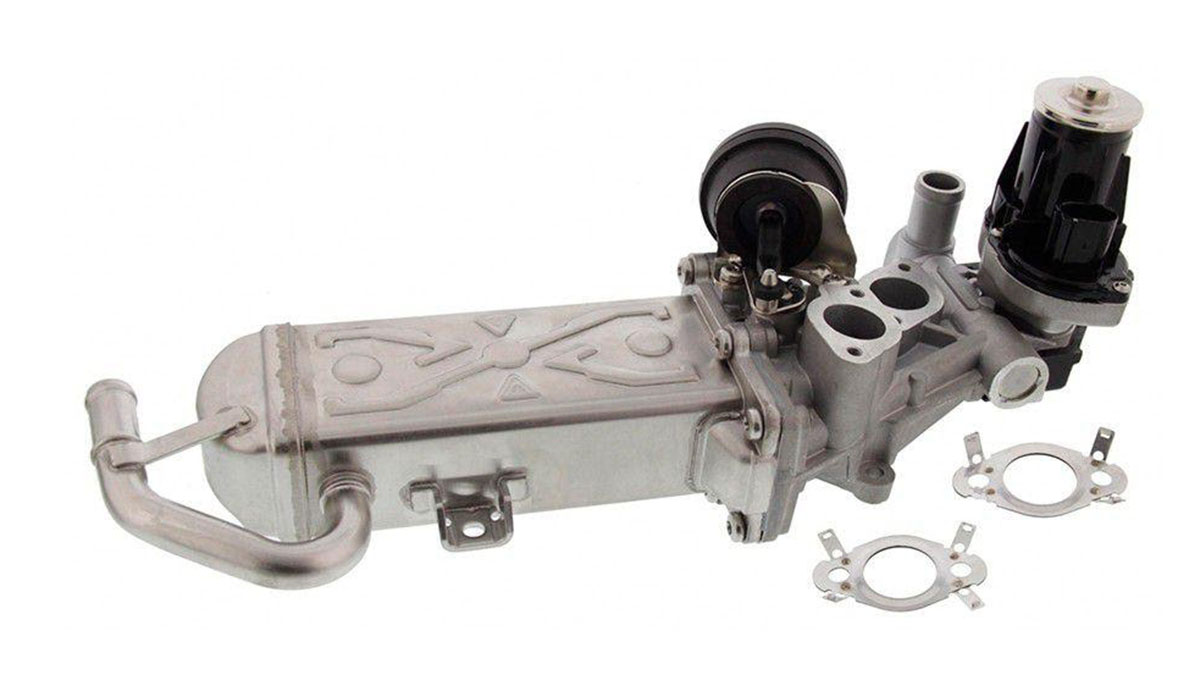
EGR TUNING ON DIESEL TRUCKS
TUNING IN CUMMINS ENGINES
Here you can see the options in DPF, EGR, DEF removals for cummins brand engines: ISX, ISM, ISB, ISC, ISL, QSB, QSL, QSX, QSC
TUNING IN PACCAR ENGINES
Here you can see the options in DPF, EGR, DEF delete for Paccar brand engines: MX13, PX6, PX7, PX8, PX9
TUNING IN MAXXFORCE ENGINES
Here you can see the options in DPF, EGR, DEF removals for maxxforce brand engines
TUNING IN DETROIT ENGINES
Here you can see the options in DPF, EGR, DEF delete DETROIT DIESEL brand engines: DD13, DD15, DD16, SERIES 60.
TUNING IN VOLVO ENGINES
Here you can see the options in DPF, EGR, DEF DELETE VOLVO brand engines: D11 D12 D13 D16.
TUNING IN MACK ENGINES
Here you can see the options in DPF, EGR, DEF DELETE MACK brand engines: MP7 MP8 MP10.
DPF | EGR | SCR Delete Service Enquiry
support@dpf-deleteshop.com
Store Hours
M-F: 8am – 5pm
S-S: 9am – 4pm
+51960362662
Location
LIMA,PERU
EGR DELETE PROGRAMMING
EGR delete programming is a process that involves modifying the engine control software of a diesel vehicle in order to disable or bypass the EGR system. This can be done through the use of specialized software or hardware that rewrites the vehicle’s engine control module (ECM) or engine control unit (ECU).
EGR delete programming is often used by truck owners who want to increase the horsepower and torque of their vehicles, or who are having problems with their emissions components. However, it’s important to note that in some areas, it is illegal to remove or bypass the EGR system from a vehicle’s engine. If you are considering EGR delete programming for your truck, it’s a good idea to check the laws in your area to ensure that you are not breaking any regulations. Additionally, removing the EGR system can significantly increase the emissions produced by your truck, which can have negative impacts on air quality.
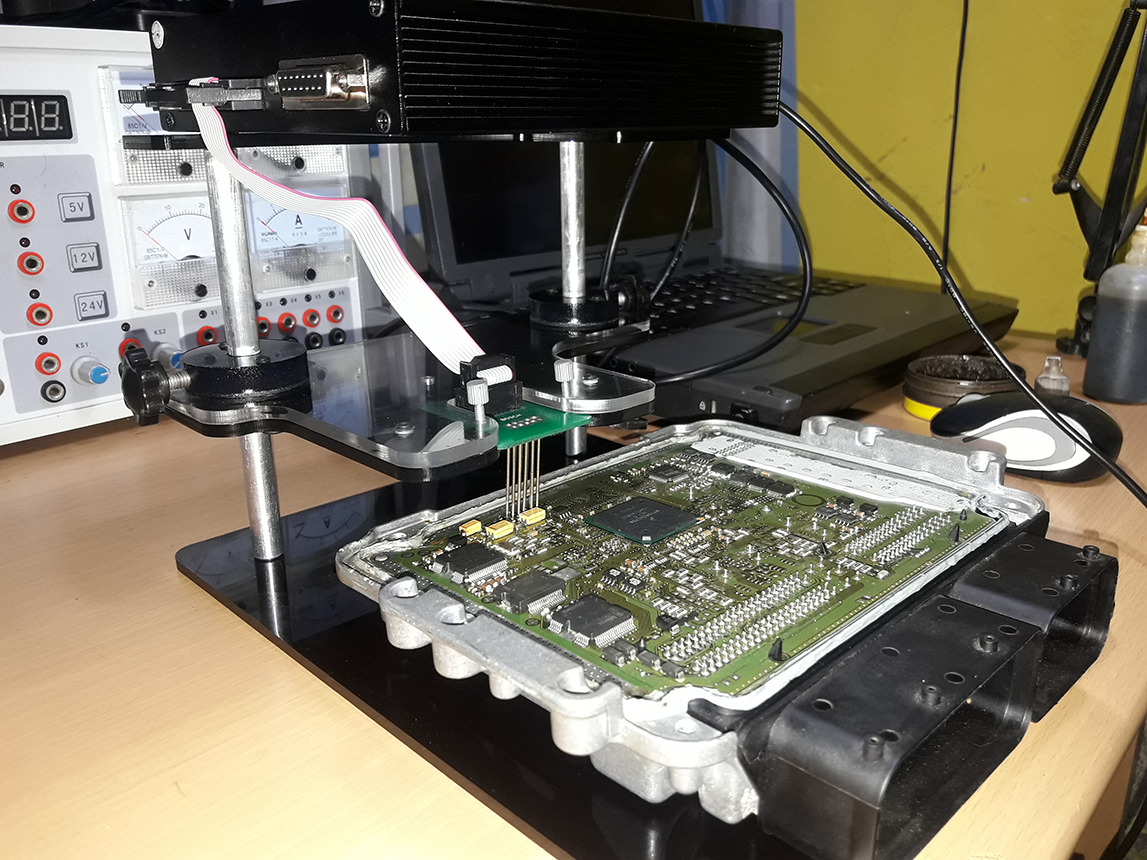
Benefits of an EGR Delete on Diesel Engines (Pros and Cons)
An EGR delete offers a wide range of benefits for diesel vehicle owners. At DPF Delete Shop, we’ve seen how this solution has improved performance and longevity of okjur clients’ engines. Here are some of the key benefits:
1. Improved engine diesel performance
By eliminating the EGR system, the engine can “breathe” better, resulting in more power and increased engine power. Exhaust gases are no longer recirculated into the combustion chamber, resulting in more efficient engine operation. This is especially noticeable in heavy trucks, where every bit of extra power counts.
3. Reducing mechanical problems in diesel engines:
The EGR valve is a constant source of problems. Carbon buildup can affect not only the EGR system, but other engine components as well. By removing this DPF EGR system, the cause of many costly repairs is eliminated and it prevents soot build up in the engine.
2. Improving fuel efficiency in diesel trucks:
By removing the EGR valve, the engine achieves increased fuel efficiency and less fuel consumption, running at optimal temperatures without dealing with dirty exhaust gas recirculation. Many of our customers have reported significant improvements in diesel consumption after performing an EGR delete.
4. Longer Engine Life in Diesel Trucks
By reducing carbon buildup and allowing the engine to run in cleaner conditions,less soot, the vehicle’s performance is enhanced, and the life of the diesel engine is extended. We have seen trucks that undergo an EGR delete last much longer than their counterparts, preventing premature wear associated with a poorly running engine.
CONS OF DELETE EGR IN DIESEL TRUCKS
- Potential legal issues: In some regions, including the United States and many other countries, removing the EGR may be considered illegal as it’s a component designed to reduce emissions. It’s important to check local regulations before undergoing this procedure.
How to Delete EGR in Your Vehicle? Step-by-Step Process
At DPF Delete Shop, we specialize in performing EGR delete remotely for our clients. Here’s a step-by-step explanation of how our process works:
1. Initial Diagnostics: First, we remotely connect to your truck using Team Viewer. We perform a full diagnosis of the engine system, identifying any issues related to the EGR valve, DPF, or DEF.
2. EGR System Delete: Once diagnosed, we proceed to disable the EGR valve and reprogram the ECM so that the engine operates without the gas recirculation system. This step is crucial to ensuring that there is no trace of the EGR left in the engine.
3. Testing and Custom Calibrations: After the EGR is removed, we run tests and provide custom calibrations to ensure that the engine operates at its maximum capacity. This is a fundamental part of the process, as it guarantees that the engine is optimized.
4. Clearing Fauld Codes: Finally, we eliminate any error codes related to the EGR, DPF, DEF, and SCR to ensure that no more warning lights will appear on your dashboard.
How Much Does an EGR Delete Cost and Why Is It a Smart Investment?
The cost of an EGR delete varies depending on the type of truck and the method used. At DPF Delete Shop, we offer competitively priced EGR delete services, especially considering that our service is performed remotely and tailored to each customer. Prices typically range from $600-$1100, depending on the truck model and modifications needed.
Many customers ask, “How much does an EGR delete cost?” and whether it is worth the investment. The answer is a resounding yes. Not only will it improve your fuel efficient, but it will also prevent future problems and costly repairs associated with a malfunctioning EGR valve. Plus, the improvement in fuel efficiency from an EGR delete will quickly offset the initial cost of the service.
Contact DPF Delete Shop for Your EGR Delete Service
If you need to perform an EGR delete or any related service such as the removal of DPF, DEF, or SCR systems, DPF Delete Shop offers a complete, customized, and safe solution to enhance your truck’s performance. We prioritize customer satisfaction, ensuring that you get the maximum benefit from your engine and increased fuel efficiency with a hassle-free experience.
Contact us today through our website, and our team will guide you through the process step-by-step. Don’t wait any longer to maximize your engine’s potential!
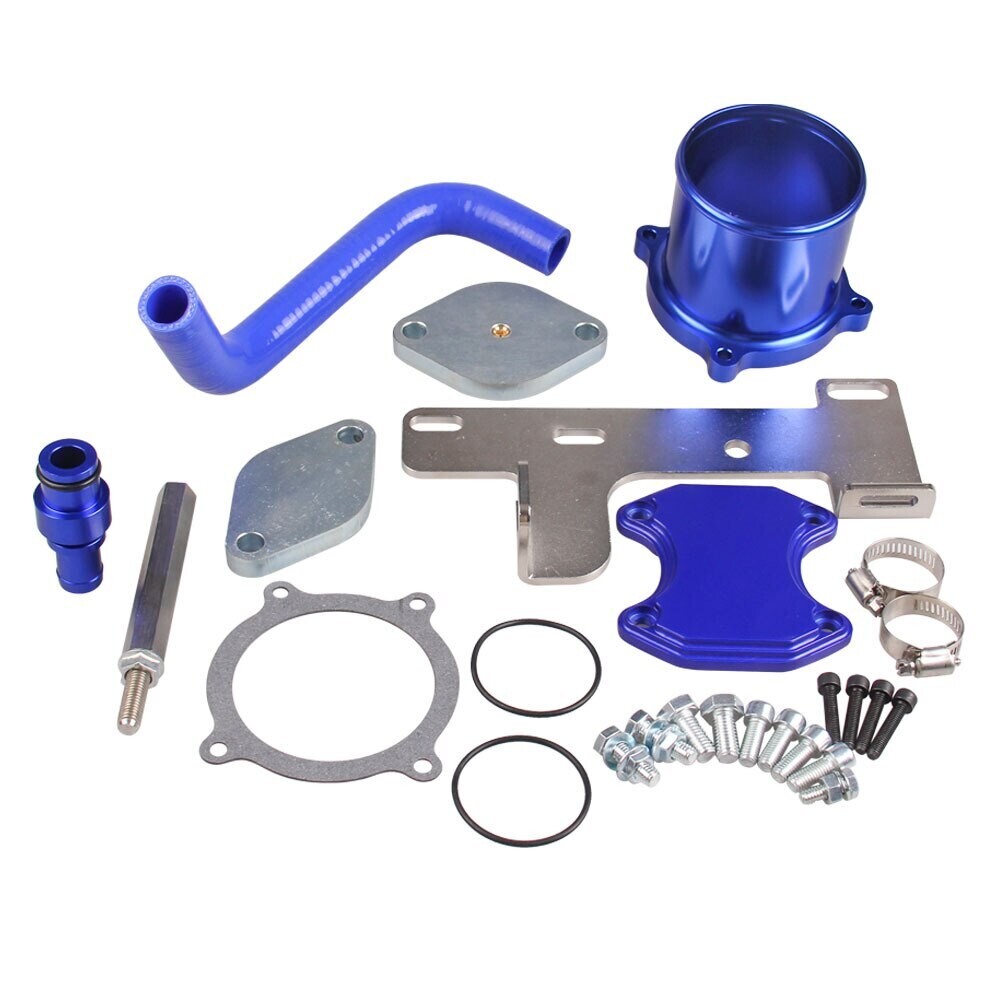
EGR DELETE KITS FOR TRUCKS
An (Exhaust Gas Recirculation) EGR delete kit is a set of parts and instructions that allows you to remove or bypass the EGR system from your truck’s engine. The EGR system is designed to reduce the amount of nitrogen oxides (NOx) produced by the engine by recirculating an exact amount of exhaust gas back into the engine. Some EGR delete kits include cooler-related components to enhance engine efficiency.
EGR delete kits are often used by truck owners who want to increase the horsepower and torque of their vehicles, or who are having problems with their EGR system. These kits usually include a pipe or other components that replace the EGR system, as well as any necessary mounting hardware and instructions. Some kits may also include additional parts such as gaskets or mounting brackets.
Replacing the EGR valve may be a more beneficial option for certain diesel vehicles.
It’s important to note that in some areas, it is illegal to remove or bypass the EGR system from a vehicle’s engine. If you are considering installing an EGR delete kit on your truck, it’s a good idea to check the laws in your area to ensure that you are not breaking any regulations. Additionally, removing the EGR system can significantly increase air pollution, which can have negative impacts on air quality.

EGR SYSTEM PROBLEMS IN DIESEL TRUCKS
There are several problems that can occur with the EGR (Exhaust Gas Recirculation) system in trucks:
Obstruction in the EGR system:
Clogging: The EGR valve and related components can become clogged with soot and other particles over time, restricting exhaust flow and reducing engine performance. This is due to a variety of factors, such as driving habits, fuel quality, or engine problems.
EGR system malfunction:
The EGR system can malfunction due to a variety of reasons, such as a faulty valve or control module. This causes engine problems and causes the check engine light to come on.
Truck EGR System Maintenance:
The EGR system on diesel trucks requires periodic maintenance, such as cleaning or replacement, to function properly, which is costly and time-consuming.
Complexity:
The EGR system is often complex and may require specialized knowledge to diagnose and repair whenever it becomes damaged.
Performance:
The EGR system can restrict exhaust flow, which can reduce horsepower,even more fuel and torque.
Symptoms of EGR system failure:
Stalling or rough idle
Engine Performance Issues
Check the engine Light on Gasoline Smell
Fuel use has increased.
More pinging, tapping, or banging noises Emissions
Engine knocking
Engine knocking can be a symptom of EGR system failure. This issue, if left unchecked, can lead to potential damage and affect vehicle performance and reliability.
In summary, the benefits of an EGR delete often outweigh the downsides, especially when done in a controlled environment by professionals like those at DPF Delete Shop.
DISCLAIMER FOR OFF-HIGHWAY TUNING
It is important to note that off-highway tuning, including EGR delete programming, is illegal in some areas and can void the manufacturer’s warranty. Off-highway tuning refers to modifications made to a vehicle that are not intended for use on public roads.
By installing off-highway tuning products, you are assuming all liability for the use of the vehicle and any resulting damages or injuries. These modifications may not comply with the laws and regulations in your area, and you could be subject to fines and penalties if caught using the vehicle on public roads.
Off-highway tuning products are intended for closed-course racing or off-road use only and are not legal for use on public roads. It is your responsibility to ensure that you are using these products in compliance with all applicable laws and regulations.
+51960362662
Location
LIMA,PERU
support@dpf-deleteshop.com
Store Hours
M-F: 8am – 5pm
S-S: 9am – 4pm
DPF | EGR | SCR Delete Service Enquiry
DPF Delete Shop
About Us
Disclaimer
Terms & Conditions
Links
Services
Privacy Policy
FAQs
Contact
support@dpf-deleteshop.com
+51960362662
PAYMENT AND SUPPORT





